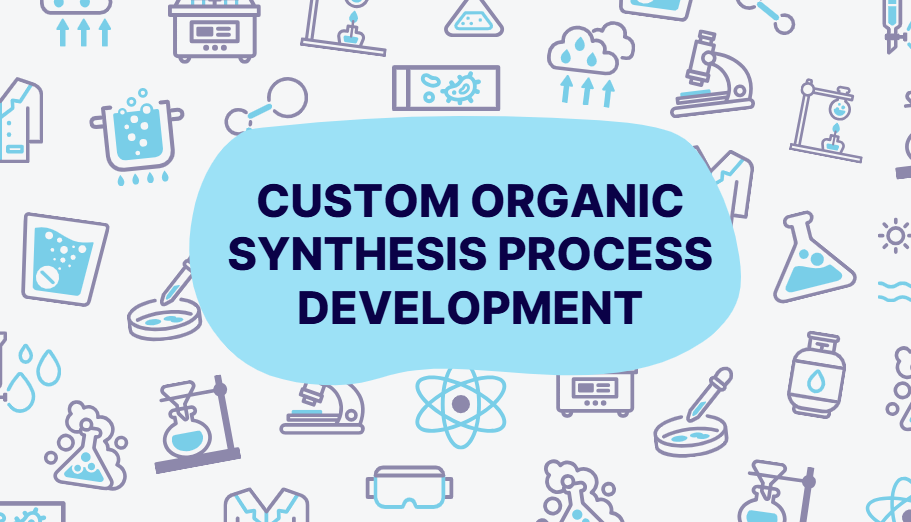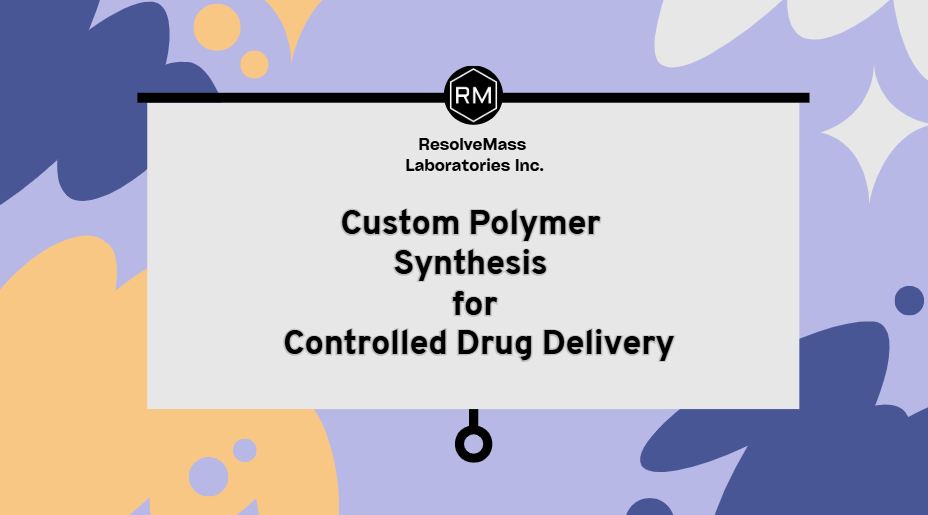
Custom polymer synthesis has revolutionized material science by enabling the creation of tailored polymers for various applications. Two of the most widely used controlled radical polymerization (CRP) methods are Reversible Addition-Fragmentation Chain Transfer (RAFT) and Atom Transfer Radical Polymerization (ATRP). Each method has its strengths, weaknesses, and unique applications. This guide compares RAFT and ATRP to help you select the best method for your specific polymer synthesis needs.
Learn Visually — RAFT vs ATRP Comparison for Custom Polymer Design
1. Overview of RAFT and ATRP
Reversible Addition-Fragmentation Chain Transfer (RAFT)
RAFT is a CRP technique that employs a chain transfer agent (CTA) to regulate polymer growth.
- Mechanism: RAFT involves a reversible addition-fragmentation process that maintains the living nature of the polymer chains.
- Key Feature: Excellent control over molecular weight and polymer architecture.
Atom Transfer Radical Polymerization (ATRP)
ATRP is another CRP method that uses a metal catalyst to mediate the polymerization reaction.
- Mechanism: A reversible redox process activates and deactivates the growing polymer chains.
- Key Feature: Ability to synthesize block copolymers and other complex structures.
Before diving deeper, explore the basics of custom polymer synthesis to see why methods like RAFT and ATRP are so useful.
2. Key Parameters for Comparison
a. Monomer Versatility
- RAFT: Compatible with a wide range of monomers, including acrylates, methacrylates, and styrenes.
- ATRP: Works well with methacrylates and styrenes but may struggle with certain monomers like acrylic acid.
Winner: RAFT, for its broader monomer compatibility.
b. Polymer Architecture Control
Both RAFT and ATRP enable precise control over polymer structure. However:
- RAFT: Offers superior control over complex architectures, such as star polymers and hyperbranched polymers.
- ATRP: Best for linear and block copolymers but requires additional steps for intricate architectures.
Winner: RAFT, for flexibility in designing complex architectures.
c. Reaction Conditions
- RAFT: Operates under mild conditions and tolerates oxygen to some extent.
- ATRP: Sensitive to oxygen, requiring stringent deoxygenation and specific solvent systems.
Winner: RAFT, for simpler and more robust reaction conditions.
Want to see how monomer types effect control, structure, and conditions? This guide has the answers – Monomer Selection Strategies for Custom Polymer Synthesis
d. Catalyst Requirements
- RAFT: Does not require metal catalysts, making it ideal for biomedical and electronic applications.
- ATRP: Relies on metal catalysts (e.g., copper), which may leave residual contamination.
Winner: RAFT, for being metal-free.
e. Scalability
Both methods can be scaled up, but:
- RAFT: Easier to scale due to simpler reaction setups and tolerance to impurities.
- ATRP: Scaling can be challenging due to catalyst removal and oxygen sensitivity.
Winner: RAFT, for industrial scalability.
A Comprehensive Guide to Polymerization Techniques: Step-Growth vs Chain-Growth helps explain how different polymerization methods – including RAFT and ATRP – differ in their need for catalysts and initiators.
3. Applications of RAFT and ATRP
RAFT Applications
- Biomedical Polymers: Biodegradable and biocompatible materials.
- Smart Materials: Stimuli-responsive hydrogels and sensors.
- Environmental Applications: Water purification and controlled release systems.
ATRP Applications
- Block Copolymers: Materials with distinct properties for adhesives and coatings.
- Nanostructured Polymers: Polymers with unique optical or electronic properties.
- High-Performance Materials: Polymers for industrial and aerospace applications.
4. Cost Analysis
- RAFT: Generally more cost-effective due to the absence of expensive catalysts and simpler setups.
- ATRP: Higher costs arise from catalyst use and purification steps.
Winner: RAFT, for affordability.
5. Environmental Considerations
- RAFT: Eco-friendly, as it avoids metal catalysts and can use green solvents.
- ATRP: Less environmentally friendly due to metal waste and stricter reaction requirements.
Winner: RAFT, for sustainability.
The Importance of Polymer Synthesis in Modern Science and Technology, learn how smart polymer choices can reduce waste and support eco – friendly goals.
6. Limitations of Each Method
RAFT
- Requires precise control over the chain transfer agent, which may limit polymerization speed.
- Some polymer systems may produce byproducts affecting purity.
ATRP
- Sensitive to reaction conditions, particularly oxygen.
- Requires extensive purification to remove residual metal catalysts.
7. Choosing the Best Method
The choice between RAFT and ATRP depends on specific requirements:
| Criteria | Best Method |
| Monomer Versatility | RAFT |
| Architectural Flexibility | RAFT |
| Biomedical and Environmental Use | RAFT |
| Industrial Applications | RAFT |
| Advanced Block Copolymers | ATRP |
| High-Performance Applications | ATRP |
We’ve cleared a lot, but are there any misunderstandings holding you back? This article clears things up.
Conclusion
RAFT and ATRP are powerful tools in custom polymer synthesis, each offering unique advantages. RAFT stands out for its simplicity, versatility, and scalability, making it the preferred choice for many applications. ATRP, on the other hand, excels in creating advanced copolymers for specialized industries. By evaluating the specific needs of your project, you can select the method that ensures optimal performance and efficiency.
From lab to large scale impact – explore the rising demand for custom polymer synthesis Global Market Insights: The Future of Custom Polymer Synthesis .
Services Offered by ResolveMass Laboratories Inc.
At ResolveMass Laboratories, we offer cutting-edge solutions for:
- Custom Polymer Synthesis: Tailored to your application needs using RAFT, ATRP, or other polymerization techniques.
- Polymer Characterization: Comprehensive analysis for structural and functional properties.
- Reaction Optimization: Expertise in fine-tuning reaction conditions for efficiency and scalability.
Explore our Custom Polymer Synthesis Services.
Contact Us
Partner with us for expert guidance and innovative solutions in polymer synthesis.
Visit our Contact Us page for inquiries.
Discover more services:

